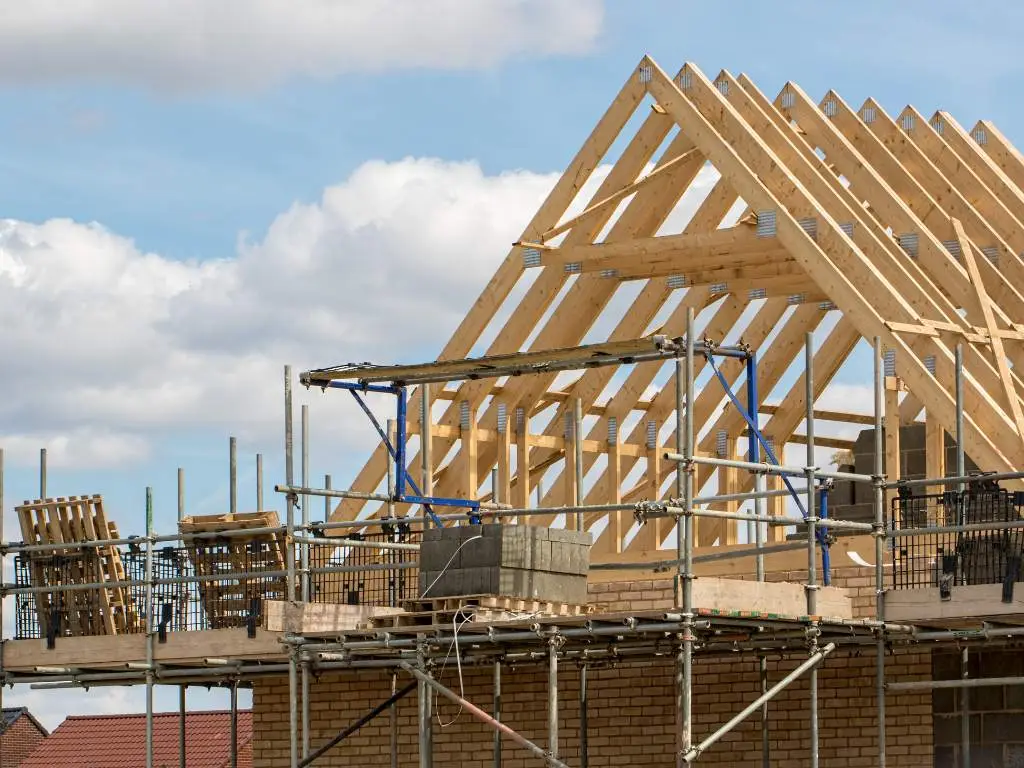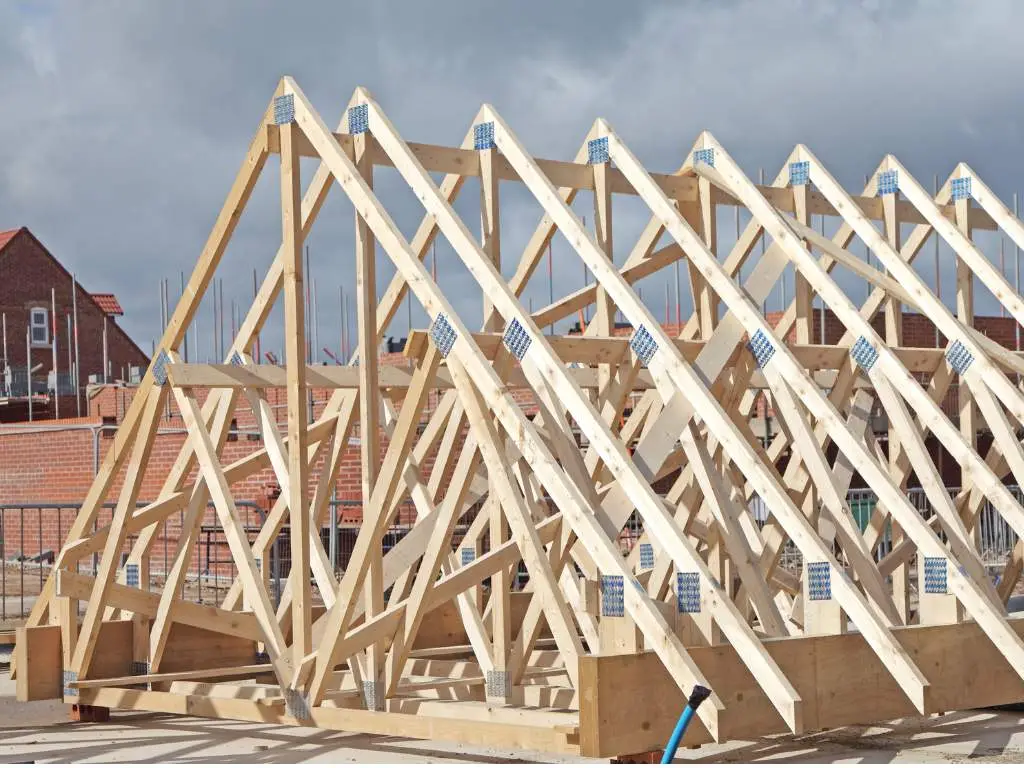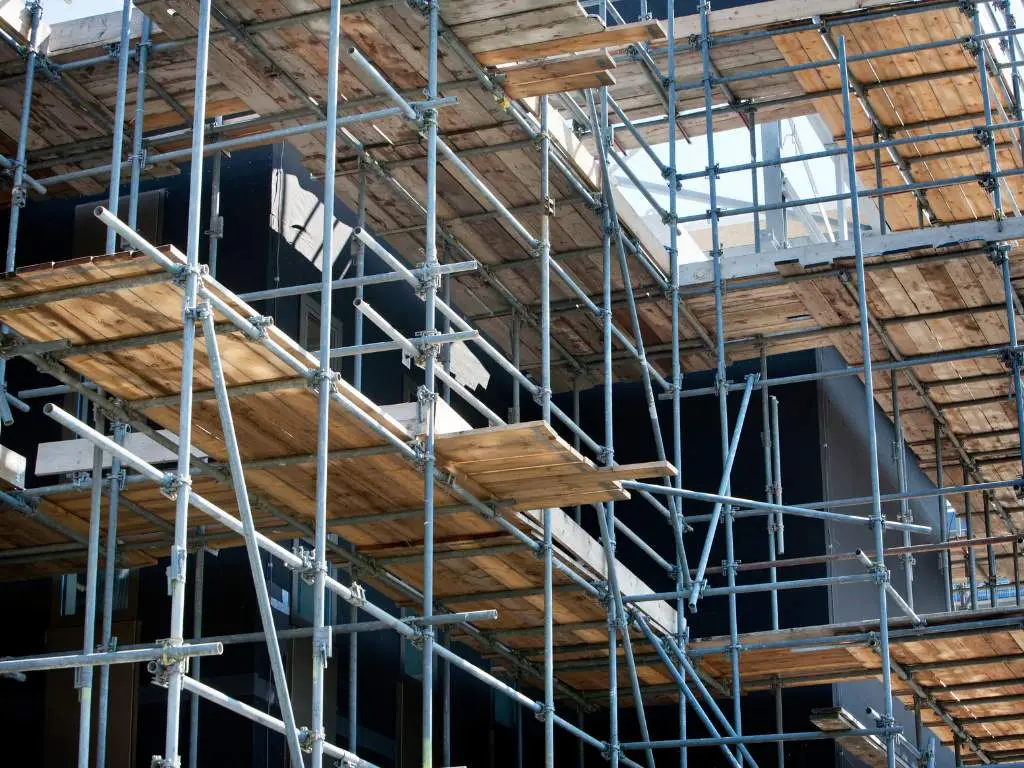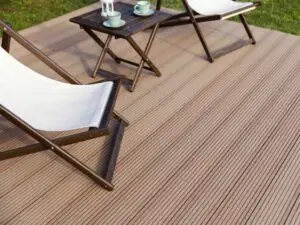The Uses of Timber in the Construction Industry

Timber, a construction material as old as human civilisation, remains a vital resource in today’s construction industry. Despite the proliferation of newer construction materials such as steel and concrete, timber holds its own, offering unique benefits that continue to make it a material of choice for many builders.
Using timber in construction is not merely a nod to traditional practices but a testament to its enduring utility. Its versatility, aesthetic appeal, and environmentally friendly nature all contribute to its sustained popularity. There are various ways that timber is used in the construction industry today, highlighting its crucial role in shaping our environment.
Why Timber is a Good Material for Construction
Timber is an excellent construction material due to its unique structural properties. It is remarkably strong relative to its weight, allowing it to easily support heavy loads. The natural resilience of timber means that it can withstand high-stress levels, making it ideal for use in load-bearing structures. Moreover, timber has better thermal insulation properties than steel or concrete, contributing significantly to building energy efficiency.
In addition, timber is renowned for its aesthetic appeal. It brings a natural warmth and elegance to a building that is hard to replicate with other materials. Every piece of timber is unique in its grain and colour, adding character and individuality to constructions. The ability to shape and finish timber in many ways gives architects and designers immense creative freedom.
Besides its structural and aesthetic properties, timber also brings substantial economic advantages to the construction process. It is often more cost-effective compared to other construction materials like steel and concrete. Its lighter weight translates into easier and faster handling during construction, which can significantly reduce labour costs. Timber’s adaptability and ease of modification make it less costly to alter if design changes are needed during construction. This economic efficiency and its inherent attributes make timber an attractive choice for many construction projects.
Timber’s Lower Environmental Impact
Timber’s minimal environmental footprint is another key advantage that underscores its importance in the construction industry. As a renewable resource, timber can be harvested and replaced over time, in stark contrast to non-renewable materials like steel or concrete. When responsibly sourced from sustainably managed forests, timber extraction can be done with minimal harm to ecosystems.
Moreover, timber’s lifecycle is a carbon-positive process. Trees absorb carbon dioxide from the atmosphere as they grow, storing it within their structure. When used in construction, this carbon remains sequestered within the timber, making timber buildings carbon storage units.
Additionally, the production and processing of wood for construction use less energy and emit less carbon dioxide than steel and concrete, lowering the overall carbon footprint of the construction process. Lastly, timber can be recycled or used as biofuel at the end of a building’s life, reducing its environmental impact. This combination of sustainability, carbon sequestration, lower energy consumption, and end-of-life usability makes timber an exceptionally eco-friendly construction material.
Examples of Timber Uses in the Construction Industry
Below are some specific examples illustrating timber’s diverse and innovative uses in various facets of the construction industry.
Timber Framing
Timber has long been used in constructing frames for buildings due to its strength, versatility, and ease of use. It forms the skeletal structure of a building, providing support for the roof, walls, and floors. Timber framing is applicable to residential buildings and commercial structures, offering a robust and reliable solution for large-scale constructions. Using timber in framing also allows for a high degree of customisation, enabling unique architectural styles and designs. Its natural insulating properties further enhance the energy efficiency of buildings, making timber framing a popular choice in traditional and modern construction practices.

Roof Trusses
Decking
Timber is a popular choice for decking due to its durability and aesthetic qualities. It can withstand the rigours of outdoor use while maintaining its visual appeal. Timber decks add a comfortable, natural texture to outdoor spaces, providing an inviting area for dining, relaxing, or entertaining activities. Due to the variety of timber species available, decks can be tailored to suit specific tastes and budgets. Timber’s capacity for refinishing also means that decks can be rejuvenated with relative ease, extending their lifespan and maintaining their appearance over time. A timber deck can resist weathering, decay, and insect attack with appropriate treatment and maintenance, ensuring long-lasting functionality and beauty.

Cladding
Doors & Windows
Formwork
Formwork is the temporary or permanent moulds into which concrete is poured to form a building’s structural elements. Its versatility and ease of working make timber an ideal choice for this purpose. Timber formwork can be cut and assembled into various sizes and shapes, enabling a broad range of concrete structures to be cast, from simple rectangular columns to complex curved walls. Formwork using wood is cost-effective, especially for small-scale or bespoke projects requiring the flexibility to adapt the formwork to unique design specifications.
Shorework
Scaffolding

Fence Posts
Known for their characteristically robust and sturdy nature, timber fence posts provide the necessary support and structure to fencing systems for residential gardens, agricultural settings, or boundary demarcations. The natural appeal of timber adds to the visual aesthetics of the fence, fitting in with the surroundings while offering a sense of rustic warmth. With the correct treatment and maintenance, timber fence posts can withstand harsh weather conditions, resist decay, and repel insect attacks, ensuring longevity.
Flower Beds
Timber is a popular material for creating raised flower beds due to its natural aesthetic, durability, and ease of use, especially sleepers. Its organic, warm appearance complements the vibrant hues of various flower species, creating a pleasing visual contrast that enhances the overall appeal of gardens. Timber can be easily cut and assembled into different shapes and sizes, allowing for customising flower beds that fit specific garden layouts. Treated timber provides resistance against rot and pests, ensuring the longevity of the flower beds. Furthermore, raised flower beds made from timber improve soil drainage and make it easier to manage soil conditions, promoting healthier plant growth. Notably, timber’s sustainability and recyclability align well with the eco-conscious attitudes prevalent among gardeners.
Share Article
Recent Posts
Need a quote for your next project?
Get in touch with Brentwood Timber Supplies today! We’re ready to provide you with a personalised quote tailored to your specific project needs, ensuring you get the best value and quality.



